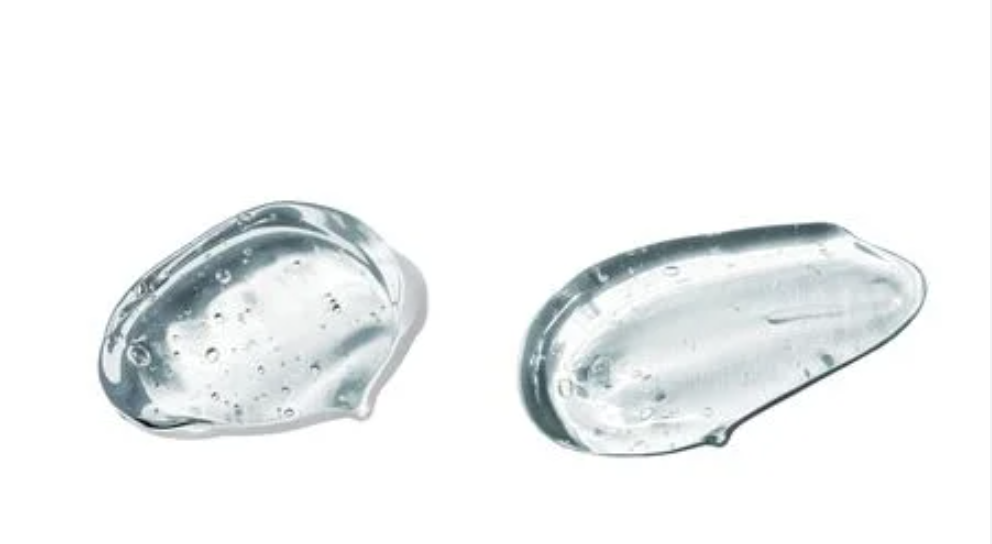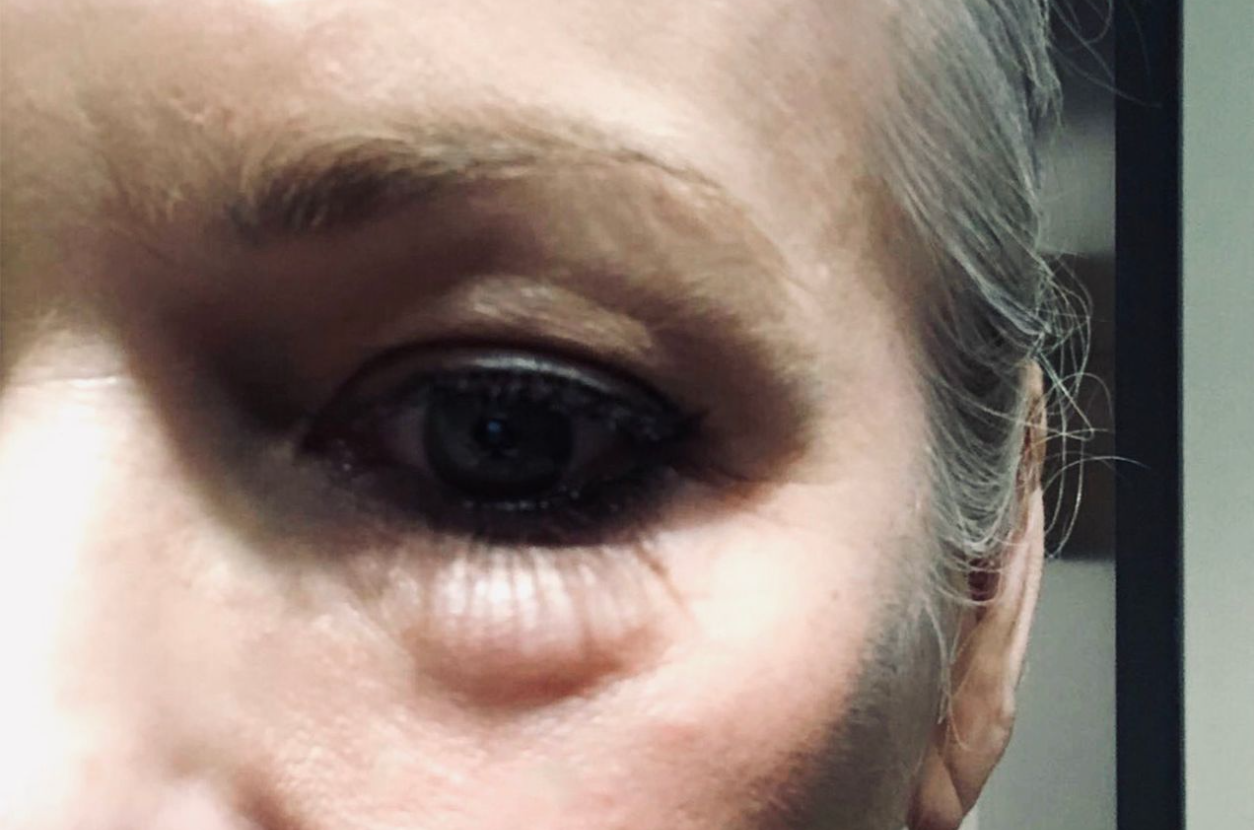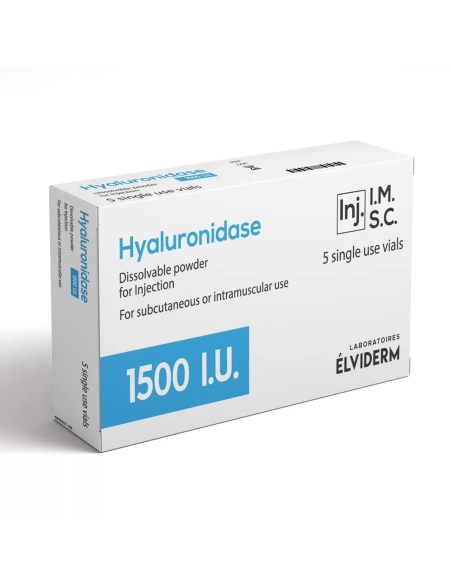- Dermal Fillers
- Hyaluronidase
Hyaluronidase And Aesthetic Procedures.
Many people express concern when talking about any product or procedure that is involved in the world of Aesthetic medicine. Most of the fears revolve around the use of needles and surgical procedures. It is a justified fear, after all, nobody wants to be scarred or disfigured by risking going through with elective surgery. The cosmetic sector is an ever-growing one, yielding billions of dollars every year, and is expected to be worth over five billion dollars in 2023. Throughout the years, there have been many advances in the field of aesthetic medicine, but people tend to shy away from any synthetic solutions because they fear the effect chemicals can have on their bodies. It is worth noting that the aesthetic medicine sector consists mainly of non-surgical procedures, which account for over seventy-five percent of the market.
In recent years, anyone who has been interested in cosmetic surgery or aesthetic medicine has found themselves looking at hyaluronic acid dermal fillers (ha filler). These fillers have a multitude of side effects and can trigger multiple reactions and complications if not administered correctly. In those cases, treatments rely on an injectible Hyaluronidase enzyme.
What is a hyaluronic acid filler (HA filler)?
Also known as Dermal Filler, HA filler is an anti-aging injectable solution prescribed and administered by dermatologists and other medical professionals around the world,
Hyaluronic acid filler injections have had a great track record, whether it be from a safety standpoint or a result-based assessment.

Hyaluronidase Activity?
Hyaluronidase is a type of enzyme that breaks down hyaluronic acid, the latter being the base of most dermal fillers available on the market today. By doing that, it facilitates the dissolution of the Ha substance. It is a compound that already exists in the body, making it a great, almost natural solution for any complications ensuing from the use of hyaluronic acid injection.
Hyaluronidase is a crucial acting agent of the spread of substances through cellular-based structures. It is a perfectly safe and effective substance whose purpose is to spread the drug administered which is hyaluronic acid when it comes to cosmetic applications. Any reported cases of complications after a procedure involving Hyaluronidase have been purely attributed to malpractice by incompetent practitioners. It is objectively unjust to blame a tool if the blame is to be placed upon user error or misuse.
Being a naturally occurring substance, Hyaluronidase injection is considered by dermatologists to be a minor, safe and non-invasive procedure. It is nothing more than a spreading agent that is to be injected in the same area as the hyaluronic acid filler. It's worth mentioning that Bovine Hyaluronidase and Ovine Hyaluronidase are animal-derived products. There also exists Human derived Hyaluronidase and a synthetic version as well.
Which hyaluronidase varieties and brands are used to dissolve dermal fillers?
Currently, hyaluronidase enzyme is available under the following brand names:
- Amphadase - which is derived from cows.
- Hydase - also derived from cows.
- Vitrase - which is derived from pigs.
- Hylenex - which is derived from humans.
These are the most popular brands on the market today, however, that doesn't mean that they are the best-performing products out there. There exist several other brands that cost less and do the same job.
How does Hyaluronidase work?
Hyaluronidase is used to dissolve and counteract any undesirable side effects from procedures that use hyaluronic acid fillers, the latter being responsible for boosting collagen production, and increasing the volume of skin to a certain desired degree.
The function of Hyaluronidase is to break down the cellular barriers that prevent hyaluronic acid from achieving full penetration through the skin tissue or any other tissue it might have been wrongly injected into. In cosmetic applications, breaking down hyaluronic acid gel is cleaving away its glycosidic bonds. By doing that, Hyaluronidase allows the filler to spread and break down, ensuring fast and optimal dissolution in the safest way possible.
Click here for a HYALURONIDASE demonstration video
The use of hyaluronic acid fillers, which target new collagen growth inside a specific treatment area, essentially relies on the body's own processes for producing collagen. Hyaluronidase treats a range of cosmetic issues and can be used to dissolve the filler in areas including:
- The eye area
- Lips
- Perioral lines
- Nasolabial folds
- Marionette lines
- Cheeks
- Chin
- Jowls
- And other body parts…
When should Hyaluronidase be used?
When using hyaluronic acid dermal fillers, over-injection can leave the patient with undesirable lumps, puffiness, or massive pockets of filler which can be visible. Nodules can develop anywhere on the face after a dermal filler procedure, with those that appear within the first forty-eight hours of the injection, and others that appear in the following weeks. (Fillers that are capable of causing such complications include but are not limited to juvéderm Ultra and Restylane.) Hyaluronidase is used in these cases to counteract the undesirable effects of the filler. Hyaluronidase has a variety of other applications, apart from its main use in the field of medicine as a dispersion agent for medications, it is being used off-label to correct hyaluronic acid filler procedures that yielded bad results.

"Nodule under the eye that needs correction with Hyaluronidase"
Where can I buy Hyaluronidase?
Hyaluronidase Is widely commercially available. Hydase, Hylenex, and Amphadase are currently the most popular options on the US market, and that is due to the fact that these specific brands received FDA approval. This justifies why they are very costly, some would say overpriced, despite there being other less popular options out there that ensure the same, if not better results.
What does Hyaluronidase look like?
A common hyaluronidase Vial comes with fifteen hundred (IU) of hyaluronidase in powder form to be reconstituted with saline solution (NaCl). In this case, we are covering hyaluronidase use in cosmetic dermatology, where a filler injection is dissolved. Hyaluronidase normally comes as a white-colored powder in a glass vial. Some come in liquid form and may require cold-chain shipping and cool storage.
What are the side effects of hyaluronic acid fillers? And how can Hyaluronidase correct them?
Dermal fillers have been a mainstream product in cosmetology for some time now. And. these fillers are based on Hyaluronic acid. They are effective but tend to have undesirable side effects, primarily when handled and administered by unqualified, and sometimes downright untrained practitioners.
In the cases where HA dermal filler is injected inadequately or precisely into the kins, the needle has a high chance of penetrating a blood vessel. Hyaluronic acid going into a vein or artery can cause a blockage of blood flow, which can lead to a variety of complications.
Filler injections tend to have, even in the least serious of instances of side effects, some pretty inconvenient and troubling complications.
Hyaluronic acid dermal fillers have been used by non-qualified personnel before, resulting in unsatisfactory cosmetic results. But the fact is that the use of Hyaluronidase to correct dermal filler injection procedures has shown such great success in the past, that even botched results can be corrected by a dermatologist.
After a cosmetic procedure, people expect to be swollen and in pain, and an image of a number of tv and movie stars comes to mind. But in the cases where Hyaluronidase has been used to correct a dermal filler injection, patients have reported no lengthy recovery period and nothing worse than some light, temporary localized swelling.
The worst cases reported after a treatment involving Hyaluronidase have been those of allergic reactions, which is why it is only available through prescription by a qualified physician that is well aware of the patient’s overall health condition.
Of course, there are some risks when one uses hyaluronic acid filler, notably bruising, swelling, and slight discomfort in the area where the drug is administered. The possibility of side effects is a bitter reality in any product or procedure in the cosmetic, medical, and paramedical fields. However, the side effects ensuing from hyaluronic acid filler injection are mostly temporary and easily handled by the patient with attentive monitoring and care.
It is worth mentioning that there have been cases of hyaluronic acid filler being injected directly into a vein or artery. It may result in the filler itself blocking the vessel or forming a clot surrounding the filler which may cause Necrosis, an irreversible outcome that occurs if the blood vessel that was blocked plays a substantial role in providing blood to the tissue. A blood vessel blockage resulting from hyaluronic acid can also result in blood moving backward into the tissues, raising pressure and resulting in low-grade ischemia. Those cases will necessitate medical attention and immediate treatment with Hyaluronidase.
Can Hyaluronic acid migrate?
Although not very common, Hyaluronic acid migrates in some cases.
We can surely conclude that the use of Hyaluronidase as a spreading agent is perfectly safe. Being a natural product that guarantees top-notch results, it is the go-to recommendation by dermatologists for anyone who has suffered complications from a botched dermal filler procedure.
Can local anesthetic be used with Hyaluronidase?
It's totally safe to use a local anesthetic in combination with hyaluronidase.
Can Hyaluronidase trigger an allergic reaction?
Each individual reacts differently to hyaluronidase, and in some rare cases, there could be an allergic reaction to Hyaluronidase or any related products that it's mixed with.
Hyaluronidase ruined my face!
We hear this a lot on Realself and other aesthetic medicine forums. Hyaluronidase is safe if used within the dosage limits recommended by the national institute, FDA, or local regulatory body.
Hyaluronidase side effects:
Injected hyaluronidase can have some side effects such as redness, sensitivity, and swelling of the injection site.
Can Hyaluronidase be used for hair restoration?
There are talks on the internet about this topic, however, there is no confirmed scientific study that confirms it.
Common filler that can be dissolved with Hyaluronidase:
It is very important to note that the hyaluronidase enzyme only dissolves hyaluronic acid based dermal fillers. Therefore if the filler material is not made of HA, the enzyme will simply not dissolve it. Brands such as Radiesse, whose main component is calcium hydroxyapatite (a safe biocompatible material) can not be dissolved with hyaluronidase enzyme. The same thing applies to the popular Sculptra which is an injectable bio-stimulator that contains poly-L-lactic acid (PLLA). Read our article "Hyaluronidase - The Ultimate Guide" for more information on hyaluronidase administration.
Fillers under the Restylane brand that can be dissolved with Hyaluronidase:

(includes but not limited to the following)
- Restylane Refyne
- Restylane Defyne
- Restylane Lyft
- Restylane Silk
- Restylane Kysse
Fillers under the Juvederm brand that can be dissolved with Hyaluronidase:

(includes but not limited to the following)
- Juvederm Ultra XC
- Juvederm Ultra plus XC
- Juvederm Ultra 2
- Juvederm Ultra 3
- Juvederm Ultra 4
- Juvederm Ultra Smile
- Juvederm Volux XC
- Juvederm Voluma XC
- Juvederm Volbella XC
- Juvederm Volift
- Juvederm Vollure XC
You may also read our article "Hyaluronidase, all questions answered"
